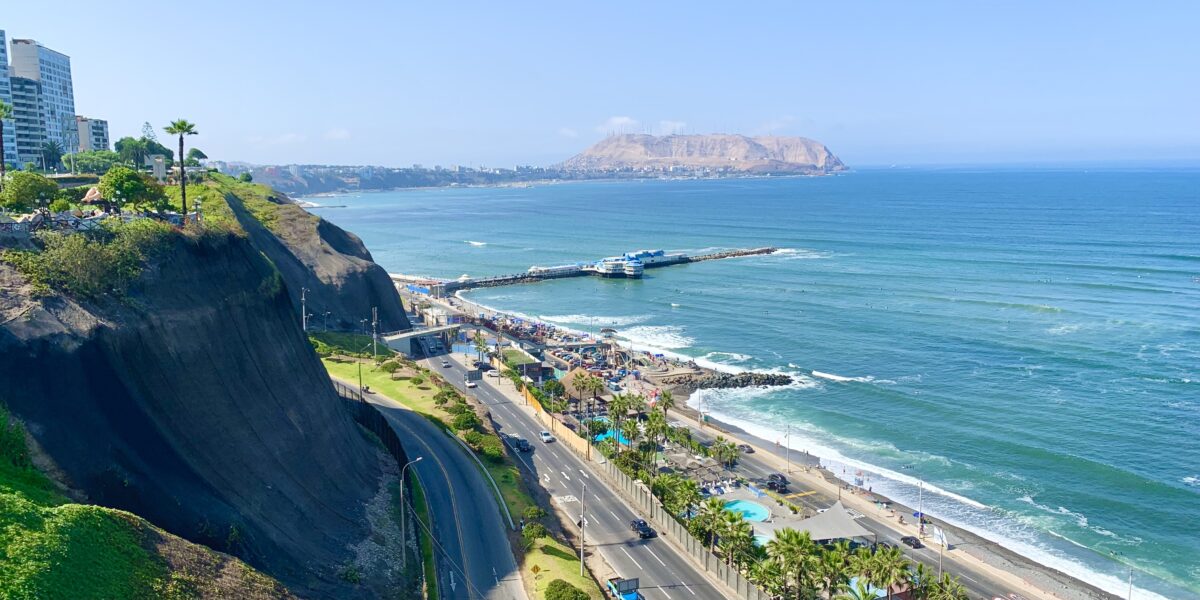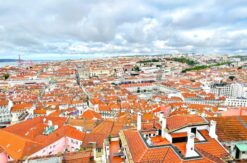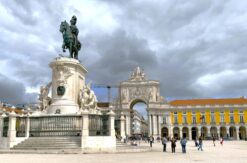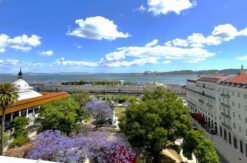Since my solo adventures through Tokyo’s bustling streets and Barcelona’s narrow alleys in 2019, I’ve been on a mission to set foot on all seven continents. So, when the world gradually reopened after the pandemic, I knew it was time to continue my quest. After careful research and comparison, Peru emerged as the perfect destination for my next solo expedition.
Peru, with its blend of ancient Inca civilizations, breathtaking landscapes, and mouthwatering cuisine, felt like the right choice. 🗺️ From Lima’s vibrant streets to Machu Picchu’s majestic ruins, Peru promised a wealth of experiences waiting to be discovered. Plus, its rich cultural heritage and diverse culinary scene sealed the deal for me.
Preparation Essentials
Preparation was key before setting foot on Peruvian soil. Researching the weather, transportation, and accommodation options in Lima, Cusco, and Machu Picchu ensured a smooth journey. Armed with insights from fellow travelers and online resources, I packed my bags with essentials and embarked on this exhilarating escapade.
☀️ Weather
Cusco has two seasons – the rainy season from November to April and the dry season from May to October. The best time to visit Cusco and hike the Inca Trail is during its dry season, which also means that tourists will be everywhere.
Lima, however, features sunny, humid and hot summers from December to April, with the temperature exceeding 30°C, followed by cloudy, damp, and cool winters from May to November.
I picked late March to early April (3/31 – 4/8). It did rain every day during my time in Cusco, but was only around noon and evening times, which didn’t impact my sightseeing plans at all. The temperature was around 5-15°C, and most of the time it felt like 20°C with the sun out. Lima was quite on the contrary – sunny, hot and humid all the time during my stay, with every day above 30°C.
If you plan to visit both Lima and Cusco in one trip around the similar time as mine, make sure to pack both summer and light winter clothes.
🦙 Get Around
Uber is wildly used and highly affordable in Lima and Cusco. A few bucks can take you for a long ride.
🛏️ Stay
Also highly affordable. CA$80-90 can get you a 4-start hotel, Hilton kind. But of course, you need to book as early as possible.
I stayed at Illas Inn in Cusco. It’s a boutique hotel in an unbeatable location – literally 2 minutes’ walk to the PeruRail Cusco station. The staff was super nice during my stay, providing personalized service and some great insider tips for travelling in Cusco.
In Lima, I booked Wyndham Hotel. Its location is superb, in a safe and clean area right in the heart of the city. It also has a rooftop pool bar, offering stunning views of Lima. The common areas were clean and well-maintained. My room had a fabulous city view.
🎒 Items to Pack
📄 Documents
- Passport or any applicable travel documents
- Printed Tickets – required if you are taking PeruRail to Machu Picchu
- Currency Exchange
📱 Electronics
- Laptop, AirPods, AirTag
- Chargers – Laptop, iPhone
- Charger Converter – in Peru, the power plug sockets are type A and C. The standard voltage is 220 V and the frequency is 60 Hz
👕 Clothes
- Lightweight jacket for Cusco
- T-shirts and summer tops for Lima
- Long pants
- Shorts
- Sneakers
- Sunglasses
🌂 Others
- Umbrella / Poncho
- Masks
- Sunscreen
- Medication – ibuprofen, acetazolamide, or dexamethasone for high altitudes
- Bug repellent for Machu Picchu
💡 Things to Know
Currency Exchange – If you’re traveling to Peru from a country where the Sol (PEN) isn’t readily available for exchange, like Canada, it’s wise to bring along some US dollars (USD) as a backup – USD is widely accepted in Peru, especially in major cities like Lima and Cusco.
- Exchange at the Airport: Upon arrival, you can exchange a portion of your USD at the airport for immediate use.
- Local Currency Exchange Shops: Throughout Peru, especially in popular tourist areas like Cusco and Lima, you’ll find many private-run currency exchange shops. These shops often offer competitive rates, and you can sometimes negotiate for a better deal. So don’t be shy to bargain with the staff there, especially if you’re exchanging larger amounts.
SIM Card – DO NOT buy it at the Lima Airport – the price is ridiculously high. If you need a SIM card immediately, check out the Claro shop at national departures (2nd floor of the airport) and you may be able to get a better deal. If you are not in a hurry, you can get much better deals in the Lima city area. Check out this article for more SIM card options.
Altitude Sickness – If you travel to higher than 8,000 feet above sea level without letting your body adjust to the new altitude, you may experience altitude sickness due to the low oxygen levels in the air. Symptoms include headache and nausea. Here are some tips from CDC and Cleveland Clinic to avoid altitude sickness:
- Ascend gradually. Avoid travelling from a low elevation to an elevation higher than 9,000 feet (2,750 m) above sea level in one day.
- Rest and adjust. Spend a few days at 8,000–9,000 feet before travelling to a higher elevation. This gives your body time to adjust to the lower oxygen levels. Alternatively, consider taking day trips to a higher elevation and then returning to a lower elevation to sleep.
- Avoid alcohol. Don’t drink alcohol or do heavy exercise for at least the first 48 hours after you arrive at an elevation above 8,000 feet.
- Stay hydrated. Drink 3-4 quarts of water per day.
- Don’t eat too much but make sure your carbs intake: Eat a diet that’s more than 70% carbohydrates.
Check out my other blogs about the full itinerary & expense breakdown, recommended local eats, and Machu Picchu travel guide to make the most of your Peru adventure!
Download Your Travel Planner Template
To make your trip planning even easier, I’ve created a comprehensive Notion travel planner template for Peru. This planner includes travel tips, packing lists, recommended eats, an expense tracker, and an embedded Google Map Itinerary with all the essential location pins.
Get Your Planner Here: ⛰️ Peru Cusco & Lima 9-Day Travel Itinerary Planner






May 15, 2024
[…] out my other blogs about the pre-travel tips & advice, full itinerary & expense breakdown, and recommended local eats to make the most of your Peru […]
May 15, 2024
[…] out my other blogs about the pre-travel tips & advice, full itinerary & expense breakdown, and Machu Picchu travel guide to make the most of your […]
May 15, 2024
[…] out my other blogs about the pre-travel tips & advice, recommended local eats, and Machu Picchu travel guide to make the most of your Peru […]